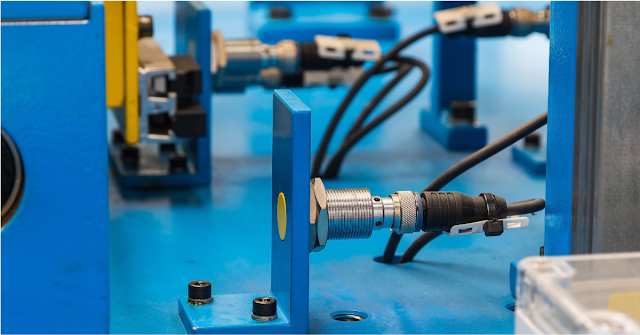When we want to start three-phase induction motors, choosing the right starter is important for ensuring performance, safety, and equipment lifetime. Two of the most commonly used motor starters are the Direct-On-Line (DOL) starter and the Star-Delta starter. In this post, we’ll talk how each one works, their pros and cons, and when to use them—so we can make a better decision for our application.
What is a DOL Starter?
A Direct-On-Line (DOL) starter is the simplest and most economical method for starting a motor. It connects the motor terminals directly to the power supply.
Working Principle
When the DOL starter is used, full line voltage is applied to the motor.
The motor draws a high starting current (typically 6-8 times the full-load current).
It includes protection features like overload relays and fuses.
Advantages
Simple design and operation.
Cost-effective.
Easy to install and maintain.
Disadvantages
High inrush current
Not suitable for motors above 5 HP or sensitive electrical networks.
What is a Star-Delta Starter?
A Star-Delta starter reduces the initial voltage and so current drawn by the winding automatically reduced during startup in a star configuration and then after taking a period(around 8s) switching to a delta configuration.
Working Principle
Star Mode: Reduces voltage to √3 (around 58%) and current during startup.
Delta Mode: After a set time, it switches to full voltage for normal operation.
Requires a timer and multiple contactors.
Advantages
Lower starting current and torque.
Reduces mechanical stress on motor components.
Suitable for larger motors (typically above 7.5 HP).
Disadvantages
More complex wiring and control circuit.
Not suitable for applications requiring high starting torque.
Potential torque dip during transition from star to delta.
Which One Should You Use?
Use a DOL starter if you're working with small motors (typically under 5 HP) and need a quick, cost-effective solution.
Use a Star-Delta starter if you’re handling larger motors and want to reduce starting current and mechanical stress.
Conclusion
Both DOL starters and Star-Delta starters have their specific use cases, advantages, and limitations. Understanding how each works will help you select the right starter for your motor control needs, ensuring efficiency, protection, and long-term performance.







0 Comments